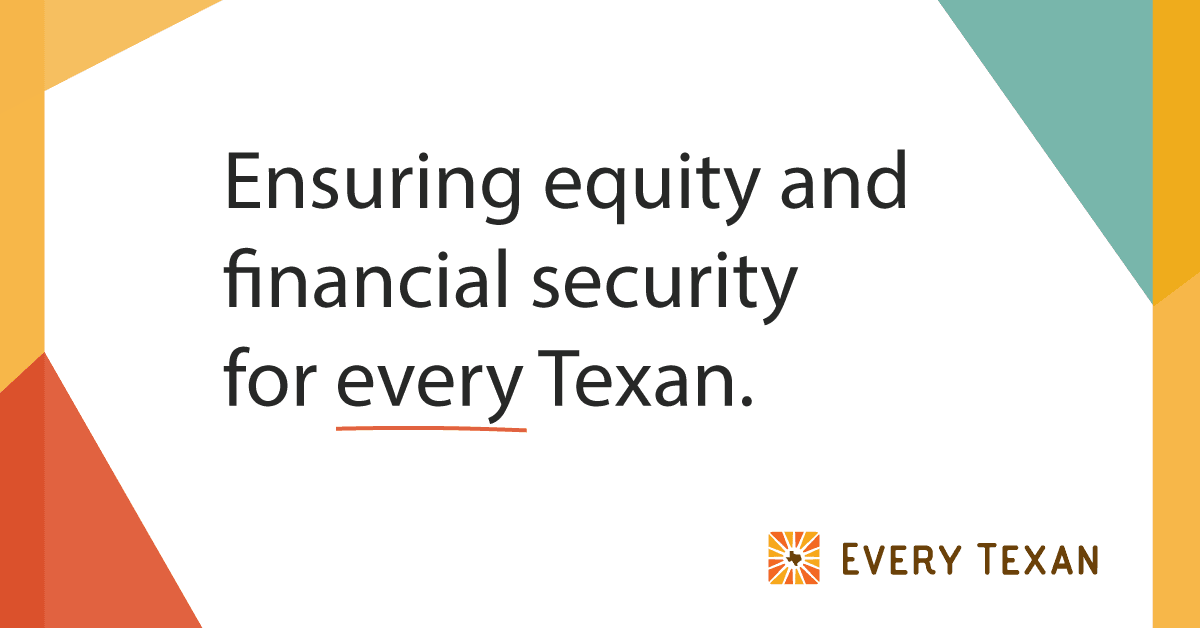The COVID-19 recession has millions of people struggling to feed their families, pay rent, and make ends meet. Our friends at the Center on Budget and Policy Priorities have been tracking the extent of this hardship thanks to nearly real-time data from several sources on the unfolding economic crisis.
While the impact of this pandemic and its economic fallout have been widespread, evidence clearly shows that communities of color continue to be disproportionately impacted. Although relief measures have helped alleviate the burden for many, there have been significant gaps in these initiatives which left out entire communities. All the relief provided to date has resulted in only short-term temporary aid to residents, and much more is needed.
The Center on Budget and Policy Priorities, like Every Texan, continues to provide ongoing updates and analysis. Here is a snapshot of what Texans are going through during this pandemic:
- About 3.4 million Texans reported their household did not have enough to eat in July.
- There was a 20% increase in SNAP participants in Texas from February to June — that’s over 600,000 more Texans participating in food assistance programs.
- Over 1.5 million Texans reported in June that they could not pay, or had to defer, their last month’s rent.
- The average unemployment rate in Texas was 11.7% between April and June and, as of July 18, over 1.6 million Texans have filed for jobless benefit claims.
There are a number of actions state and Congressional leaders can take to support Texans during this pandemic and economic crisis. Read more or check out our Facebook Live discussion with the Center on Budget and Policy Priorities on federal and state policy actions for COVID-19 relief, and take a deeper dive on how COVID-19 is impacting Texas households in this post from Every Texan’s Research & Data team.
